
D-ILA 3D Projection Leaps Forward in Quality.
Fully equipped with an array of beneficial 3D functions such as 2D-3D conversion and 3D picture adjustment, JVC's D-ILA projectors take a significant leap forward in picture quality by delivering a more realistic 3D video experience packed with presence.
- Note: Keystone, Clear Motion Drive and some other functions cannot be used while projecting in 3D mode.
3D method
It is now possible to enjoy the excitement of 3D stereoscopic images in the comfort of your living room without using a special screen.JVC's employ a Frame Sequential 3D method to display left and right images sequentially, which, when viewd with a pair of 3D Active Shutter glasses that darken altemately for each eye, enable 3D images to be viewed.
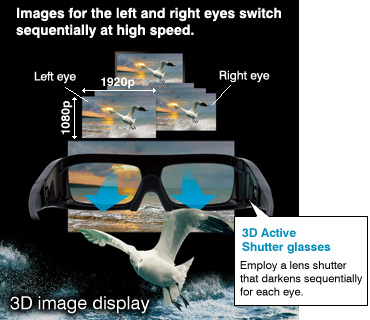
How 3D stereoscopic images are perceived
The mechanism behind 3D viewing involves binocular disparity, a unique form of depth perception used by humans that takes two different views and moulds them together into a three-dimensional object. 3D video content is created by using a special camera with two separate lenses that can record images for the left and right eyes sequentially. These recorded images for the left and right eyes are projected separately on the projector and synchronized, which when viewed by 3D glasses that darken sequentially for each eye, create binocular disparity to enable the brain to perceive them as 3D stereoscopic images.
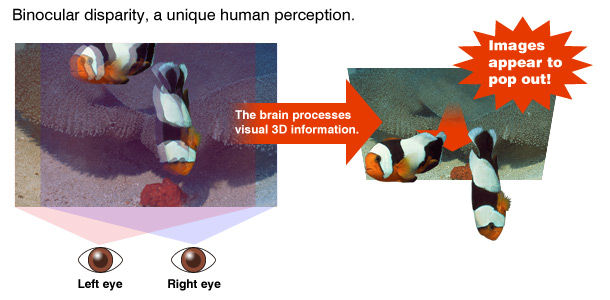
3D formats
The DLA-X90R, X70R and X30 are compatible with a variety of 3D formats including Frame Packing for Blu-ray 3D, Side-by-Side (used mainly for broadcasting), and Top-and-Bottom.

Frame Addressing-the D-ILA Method
Thanks to JVC's D-ILA driving method, Frame Addressing reproduces more colourful and vivid 3D video content with reduced crosstalk (image overlapping). What's more,this technology incorporates newly developed driving circuitry that helps to drastically improive image brightness.
The D-ILA delivers a bright 3D image
JVC's Frame Addressing driving method draws images in a single frame at one time to enable the shutter on the 3D glasses for one eye to remain open for an extended period to realise a brighter 3D picture .
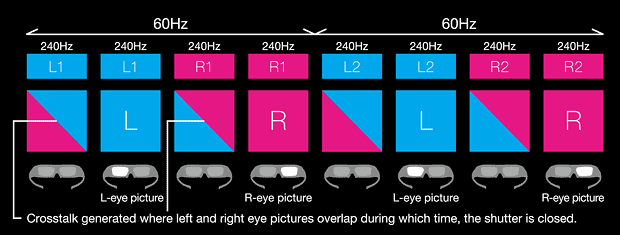
Minimised crosstalk 3D by D-ILA
Line Addressing utilises a fast-shutter approach,but when the shutters are switched between the left and right eyes, crosstalk can be generated where the left and right images overlap. JVC's Frame Addressing driving method draws images in a single frame at one time to deliver 3D picture with less crosstalk.
Crosstalk Cancelling
The innovative Crosstalk Cancelling function drastically reduces crosstalk from intensity levels that are likely to generate this phenomenon by first analysing the video signal for the left and right eyes and then correcting the levels via an original algorithm. This ensures the reproduction of more natural and clear pictures that are easier on the eyes to heighten the viewing enjoyment of more realistic 3D video content.
Crosstalk Cancelling OFF
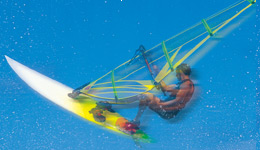

*Simulated picture to demonstrate picture enhancement.
Disparity Adjustment
To adjust for the parallax difference between each eye, this function finely controls image disparity between the left eye and right eye to ensure more natural stereoscopic reproduction with less distortion.
Disparity adjustment LOW
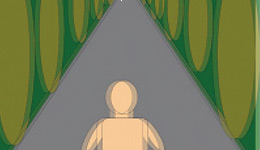
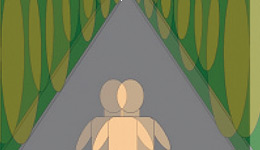
*Simulated picture to demonstrate picture enhancement.
2D-3D conversion
The real-time 2D-3D converter featured on JVC's IF-2D3D1 Professional 3D Image Processor, which has earned an excellent reputation in film and 3D video production/editing studios, has been modified for home projector use and is now featured on the DLA-X90R/X70R/X30 projectors. This means that 2D video recorded on camcorders and from TV broadcasts can be converted into 3D video instantaneously for home stereoscopic viewing enjoyment.
Depth Adjustment:
3D effects, especially depth characteristics, can be adjusted to match the content source or viewer preferences.
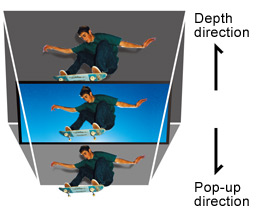
*Simulated picture to demonstrate picture enhancement.
Subtitle Adjustment:
Subtitle distortion generated during 2D-3D conversion canbe rectified.
Subtitle Adjustment OFF
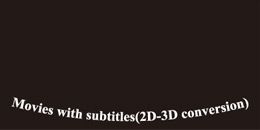
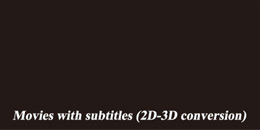
*Simulated picture to demonstrate picture enhancement.
Options to Enjoy 3D Viewing
PK-AG1 3D Glasses
- Battery operation
- Weighs only 56g with battery
- Continuous operation approx. 75H
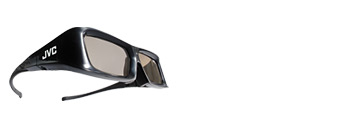
PK-AG2 3D Glasses
- Rechargeable
- Lightweight only 40g
- Continuous operation approx.40H
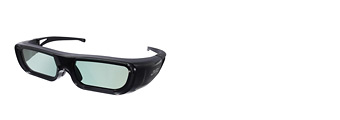
PK-EM1 3D Synchro Emitter
- Supplied with 3m connection cable
- Weighs 160g
- Emitter dimensions: 80 x 50 x 90mm
(including the stand)
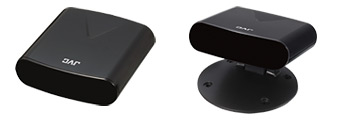
THX 3D Display Certification*1
The DLA-X90R and X70R are accredited with THX 3D Certification, which is established to ensure the precise reproduction of picture quality in home environments for both 2D and 3D content just as the original filmmaker envisioned. Encompassing more than 400 laboratory tests to evaluate a projector's colour accuracy, cross-talk, viewing angles and video processing, this certification helps to guarantee high-definition quality.
- *1 Ideal 3D screen-size performance is 90 inches diagonal (16:9).
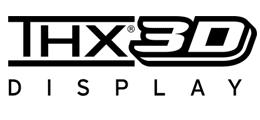
Notes about viewing 3D video content
- The optional 3D Sync Emitter and 3D glasses are required to view 3D images from the DLA-X90R, X70R and X30. 3D video software (3D media or output of 3D broadcasts) and a 3D-compatible video player are also required.
- Perception of 3D images will vary with individual viewers.
- Stop viewing 3D images immediately if any discomfort such headaches, dizziness, eye fatigue, etc. occur.
- Viewing of 3D images by children under the age of five is not recommended.
- Read the Safety Precautions in the User Manual carefully before viewing any 3D source.
